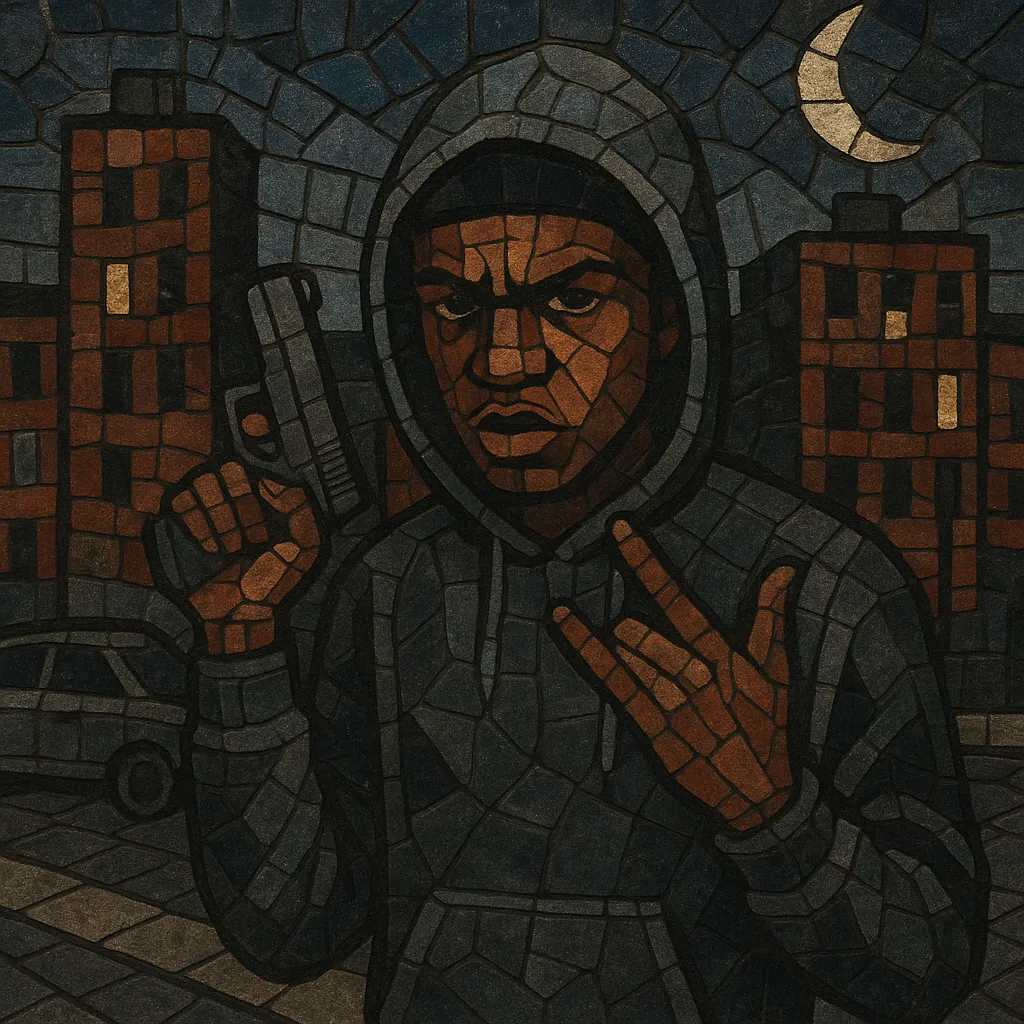New York drill is a regional evolution of drill rap that fuses the cold, sliding-808 aesthetic and syncopated drum programming of UK drill with the cadence, slang, and swagger of New York street rap.
Its sound is defined by menacing minor-key melodies, heavy sub-bass glides, tightly chopped vocal ad-libs, and aggressive, staccato flows. Lyrically it is confrontational and direct, often centering on neighborhood rivalries, status, and survival, while also spawning signature dances and crowd-call moments that translate to clubs and social media virality.
The style first coalesced in Brooklyn in the late 2010s and quickly spread to the Bronx, where a faster, sample-driven “club” twist accelerated the scene’s crossover to mainstream audiences.
New York drill emerged after Chicago drill’s earlier 2010s rise, but its production language drew heavily from UK drill’s sound design. UK producers such as 808Melo brought the sliding 808s, glacial pads, and distinctive snare patterns to New York, where local rappers adapted the beats to East Coast flows and slang. Early Brooklyn cornerstones included 22Gz’s Suburban/No Suburban and Sheff G’s records, which set the tone for the city’s take on drill.
Pop Smoke became the international face of New York drill with records like Welcome to the Party and Dior, pairing a cavernous baritone delivery with UK-styled beats. His Meet The Woo projects cemented the sound’s profile and drew attention to peers such as Fivio Foreign and the Woo scene. AXL Beats and other producers refined a template of 140 BPM half-time grooves, sliding 808s, sparse pianos, and icy textures.
A new Bronx movement added high-energy chants, faster flows, and prominent use of recognizable samples—often vintage R&B, pop, or dance motifs—chopped over drill drums. Artists like Kay Flock, B-Lovee, and Dougie B popularized this approach, while viral dance elements and call-and-response hooks made the sound club- and social-media-friendly. This branch influenced the broader rise of “sample drill” and helped bridge drill with regional club styles.
New York drill’s breakout catalyzed parallel scenes and substyles (e.g., Philly drill, Jersey drill, and sample-heavy variants) and inspired overseas adaptations like Ghana’s Asakaa. The style continues to oscillate between stark, minimal UK-style beats and the Bronx’s sample-rich, club-inflected production, maintaining its aggressive edge while expanding its melodic and rhythmic palette.


